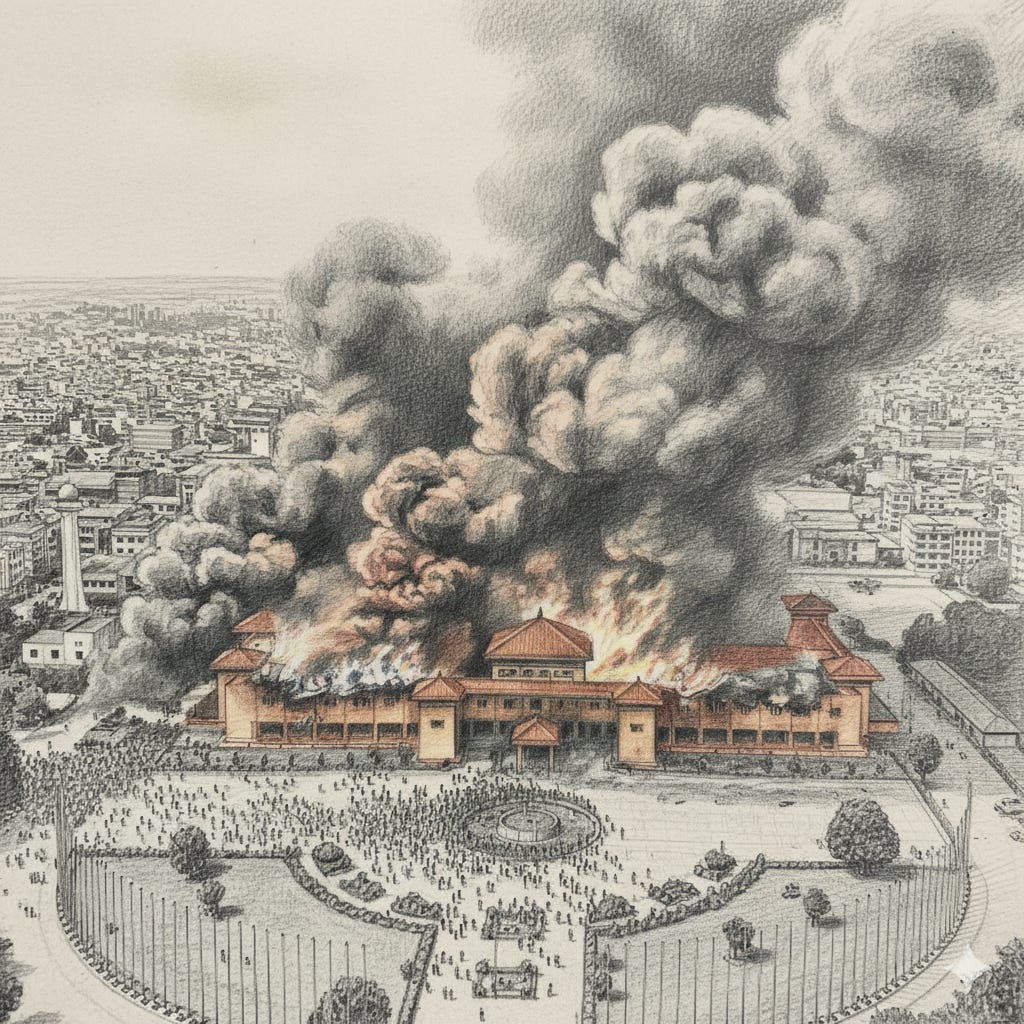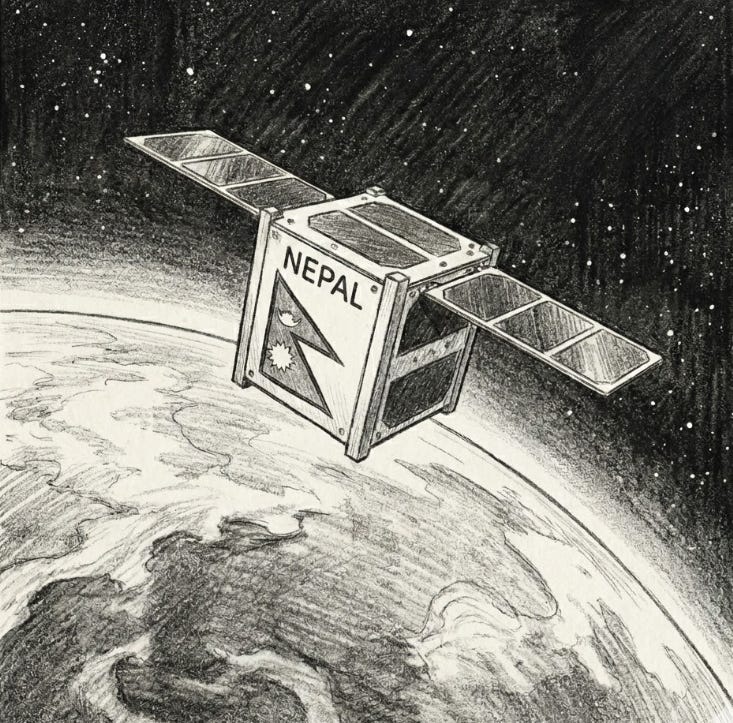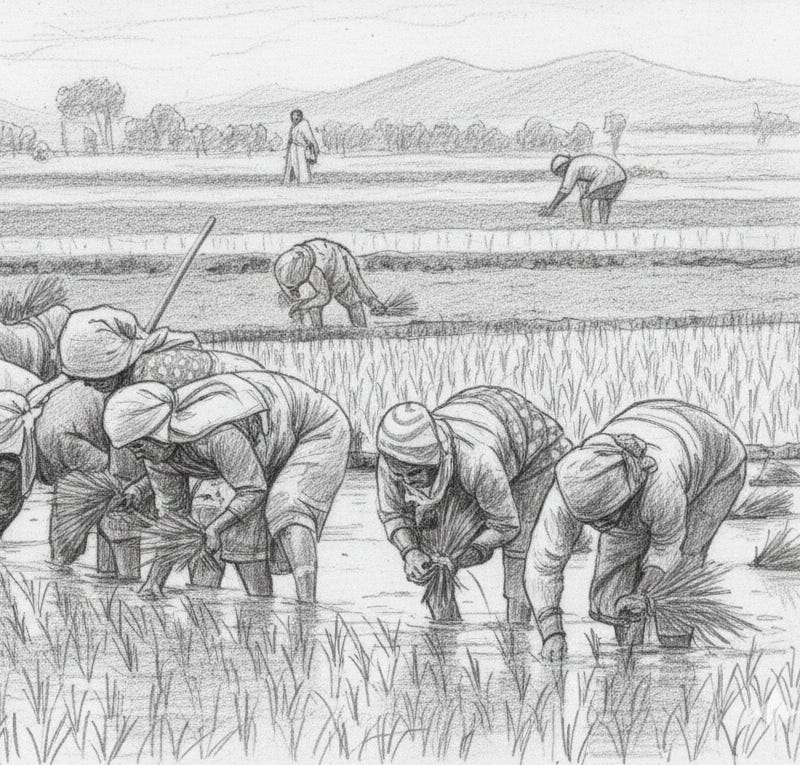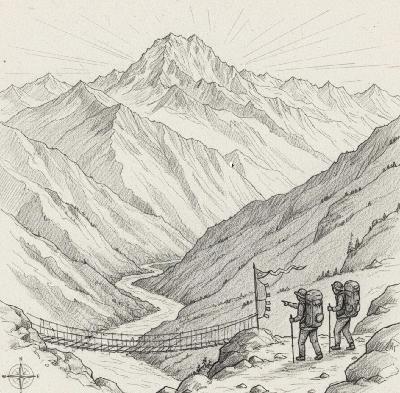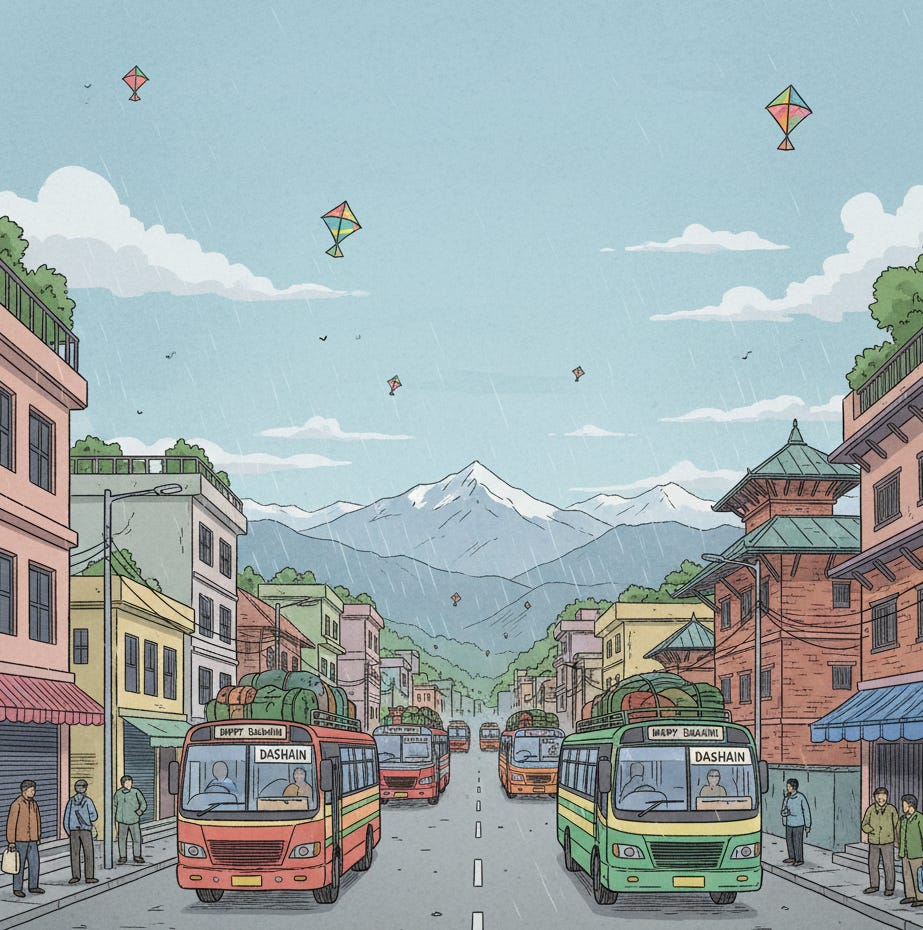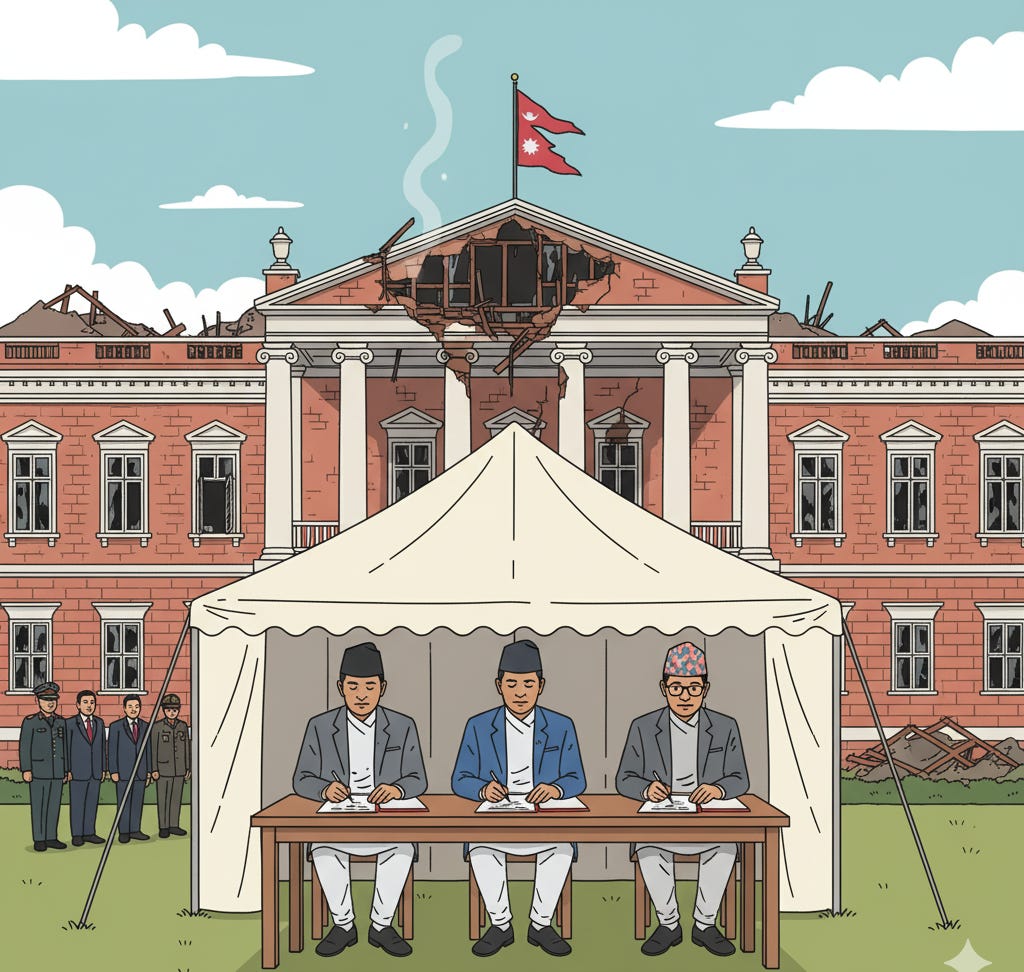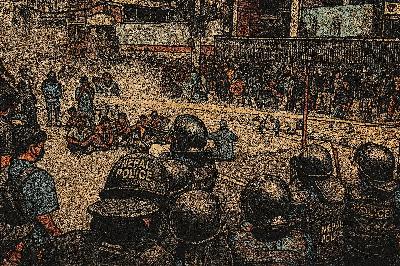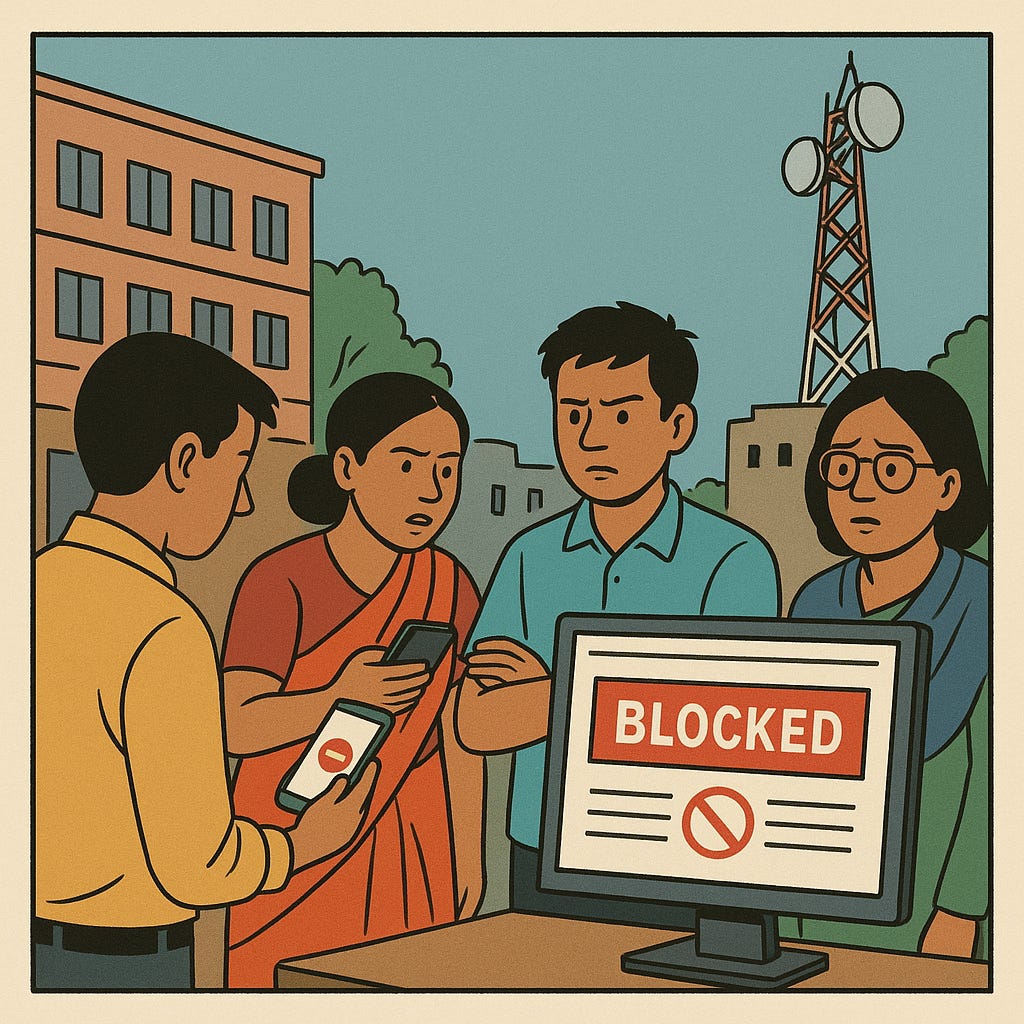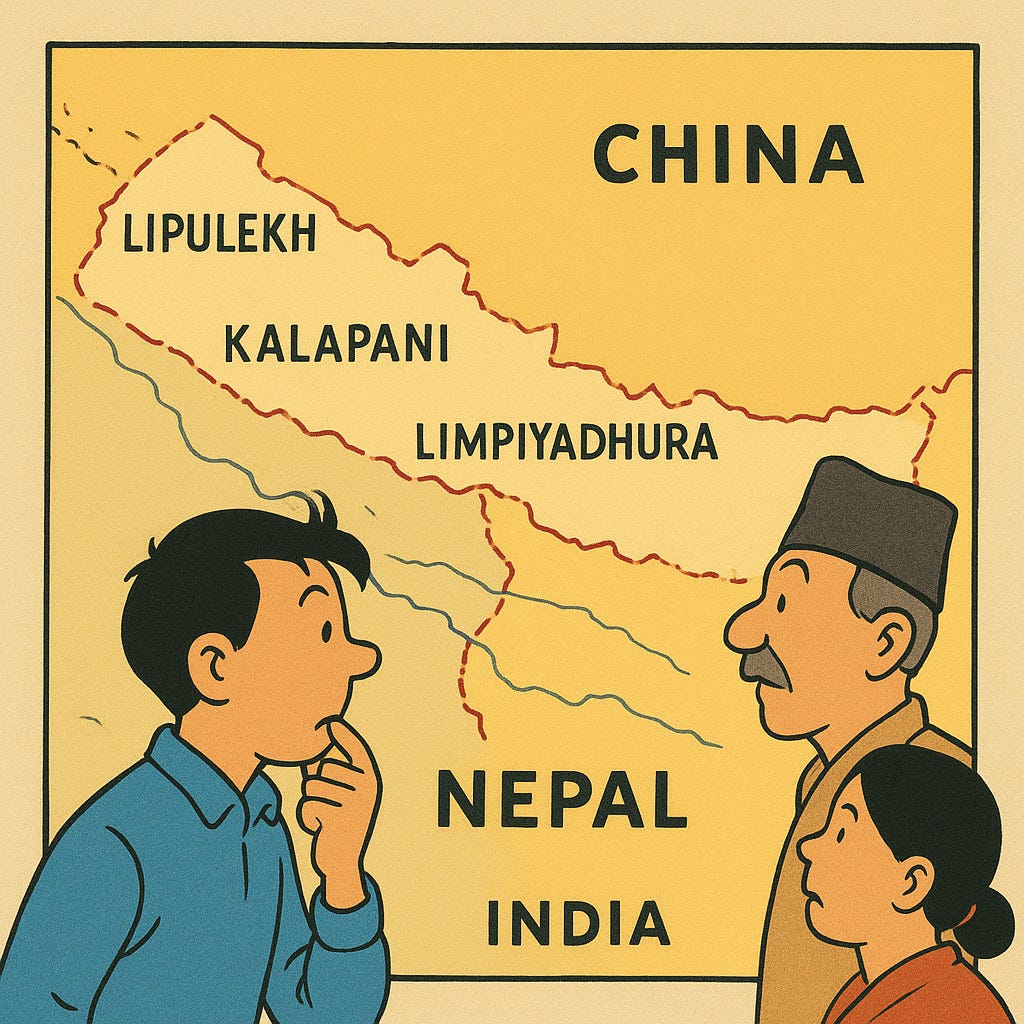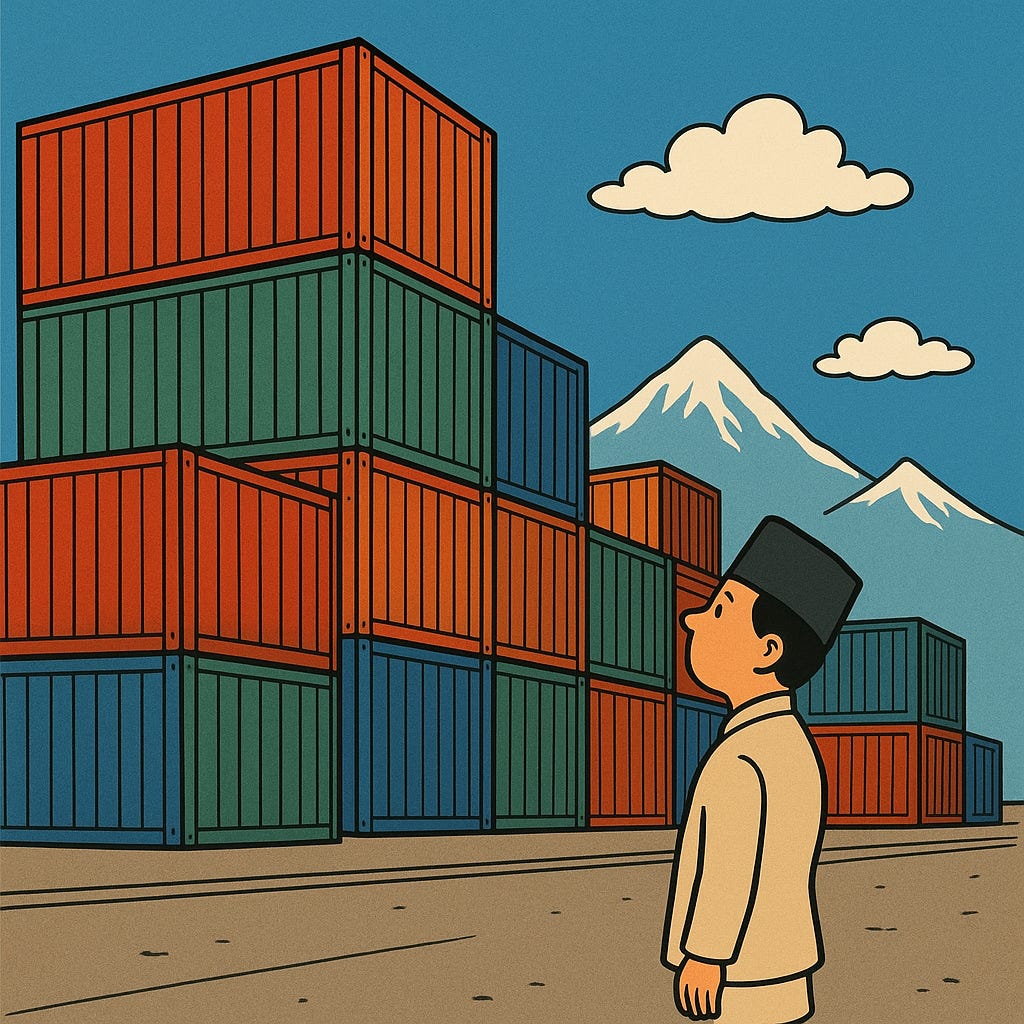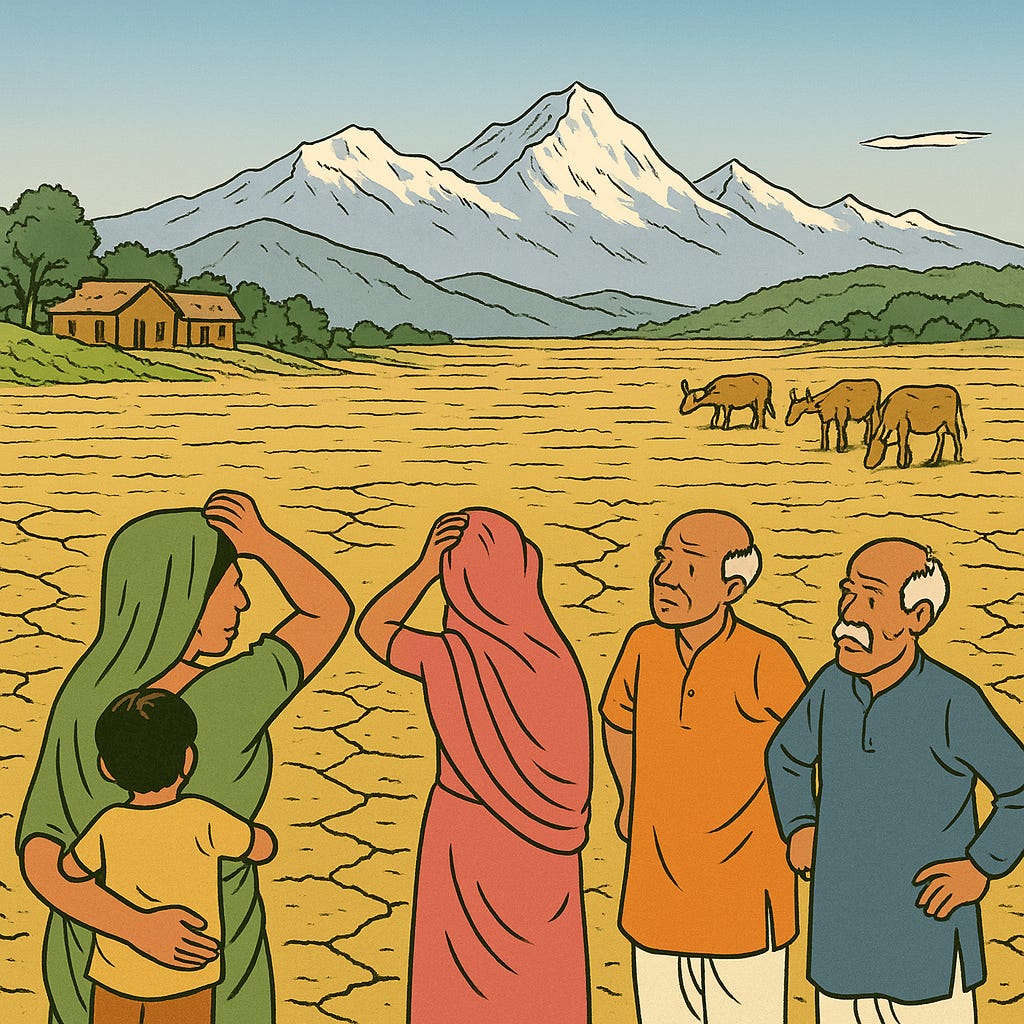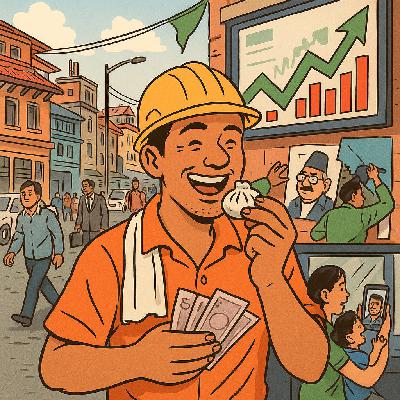The Week That Changed Nepal: An Executive Summary
Description
Executive Summary
The week of September 8, 2025, will be recorded as a watershed moment in Nepal's modern history. A digitally-native, youth-led movement against systemic corruption and state censorship escalated with breathtaking speed into a nationwide crisis that saw protests and violence erupt far beyond the capital, claiming over 50 lives, leading to the collapse of the government, and the dissolution of Parliament. What began as online dissent morphed into street protests, which then devolved into deadly clashes and widespread destruction, culminating in the appointment of an interim government led by former Chief Justice Sushila Karki, the nation's first female prime minister.
This report provides a comprehensive analysis of the week's tumultuous events, charting the progression from peaceful protest to state violence and anarchic destruction. It examines the key actors, the political fallout, the severe economic and infrastructural damage, and the significant geopolitical implications for a nation strategically positioned between India and China. The week was a trial by fire for the Nepali state, revealing the profound power of a new generation while simultaneously exposing the fragility of its institutions and the immense challenges that lie ahead.
The Spark That Ignited a Revolution: A Generation's Reckoning
The uprising was not a sudden eruption but the culmination of long-simmering public frustration. The immediate catalyst was the government's decision on September 7 to ban 26 widely-used social media platforms, including Facebook and Instagram citing a new law requiring local registration. For Nepal's youth, who relied on these platforms for communication, commerce, and expression, the move was seen as a blatant act of political censorship.
This digital repression was the final breaking point for a generation that had already found its voice online through the viral "#Nepobaby" campaign. This hashtag was used to expose and condemn the extravagant lifestyles of the children of powerful politicians, which stood in stark contrast to the daily struggles of ordinary citizens. The trend was particularly fueled by viral footage of lavish events, such as the wedding of Foreign Minister Arzu Rana Deuba's son, which became a symbol of the disconnect between the ruling class and the populace. A day before the protests, then-Prime Minister KP Sharma Oli publicly mocked the "Gen Z" protesters as naive and easily led. Within 48 hours, he was an ex-Prime Minister.
From Protest to Massacre: A Nation on Fire
On September 8, the digital movement spilled onto the streets. An initially peaceful rally at Maitighar Mandala in Kathmandu drew an estimated 20,000 people, mostly students, before swelling into a massive demonstration outside Parliament. Protests also materialized across the country. Initial organizers urged non-violence, with many students attending in school uniforms in the belief it would afford them protection.
However, the situation in the capital turned tragic when protesters broke through police barricades. Security forces responded with disproportionate and lethal force, deploying expired tear gas, water cannons, rubber bullets, and, according to eyewitnesses and international observers, live ammunition. The ensuing crackdown became a massacre, claiming the lives of at least 19 young protesters on the first day, with deaths reported in both Kathmandu and the eastern city of Itahari. This act of state violence drew immediate international condemnation from organizations like the UN Human Rights Office and triggered the resignation of the Home Minister.
The events of September 9 saw the movement's initial discipline collapse into widespread chaos nationwide. Politically-motivated actors and opportunistic elements were blamed for hijacking the protests and instigating destruction on a massive scale.
* Attacks on the Political Establishment: Public rage was directed squarely at prominent political figures. Mobs carried out physical attacks on senior leaders, including Nepali Congress President Sher Bahadur Deuba and his wife, Foreign Minister Arzu Rana Deuba. The private homes of other key figures, including CPN (Maoist Centre) chairman Pushpa Kamal Dahal, were also targeted.
* Burning of Party Headquarters: In a symbolic assault on the entire political system, the central party headquarters of the three largest parties—the Nepali Congress, CPN-UML, and CPN (Maoist Centre)—were all set on fire and destroyed.
* Destruction of State Symbols and Government Offices: The three pillars of the state were systematically targeted. In Kathmandu, arsonists set fire to the Parliament building, the Supreme Court, and the Singha Durbar administrative hub. This destruction was mirrored elsewhere, with government buildings in Pokhara, including the Gandaki Provincial Assembly, also being vandalized and burned.
* Targeting of the Corporate Sector: The mob's fury expanded to the corporate world, targeting major business houses perceived to be part of a corrupt political-business nexus.
* Chaudhary Group (CG): The country's largest multinational conglomerate, led by tycoon Binod Chaudhary, became a primary target. Arsonists destroyed its corporate headquarters and several automobile showrooms.
* Bhatbhateni Supermarket Chain: Multiple outlets of the ubiquitous retail giant were systematically looted and set ablaze.
* The Hotel and Tourism Sector: The industry faced a devastating assault, with around two dozen hotels damaged nationwide and losses estimated at over Rs 25 billion.
* Other Key Sectors: The headquarters of Kantipur Publications, Nepal’s largest media house, was also set on fire.
* Mass Prison Breaks: In a major security crisis, prisons across the country were stormed, leading to the escape of over 12,500 inmates and creating a nationwide security threat.
By the end of the week, the official death toll from the unrest had risen to 51, including protesters, police, and inmates, with over 1,771 people treated for injuries.
A Political Reckoning & An Interim Solution
On September 12, after intense negotiations, a breakthrough deal was reached to appoint former Chief Justice Sushila Karki as interim Prime Minister, with a mandate to hold elections within six months. Her selection was a direct response to the protesters' demands for a non-partisan leader of unimpeachable integrity. Karki, Nepal's first female Chief Justice, built a formidable reputation as a firebrand judge with a zero-tolerance stance on corruption. Her career has been defined by landmark anti-graft rulings, including being part of the bench that convicted a sitting minister of corruption in 2012. In 2017, she famously weathered a politically motivated impeachment motion filed against her by the ruling coalition after she challenged their choice for police chief. The move was widely seen as an attempt to neutralize her, but it ultimately failed under public pressure, cementing her image as a figure unafraid to confront the political establishment. For the Gen-Z movement, her appointment therefore symbolized a genuine break from the very system they had risen up against.
However, her appointment and the accompanying dissolution of Parliament were met with immediate dissatisfaction from the political establishment. The Nepali Congress, CPN-UML, and CPN (Maoist Centre) all expressed disapproval. This discontent was made powerfully evident by the notable absence of key political figures, including the outgoing Prime Minister and leaders of major parties, from Karki's oath-taking ceremony.
Analysis: Dissecting the Crisis
The Dynamics of a Leaderless Uprising
The Gen-Z uprising was defined by its decentralized nature, which was both a source of strength and a critical vulnerability. It was a spontaneous convergence of public anger, adopting cultural symbols of rebellion from sources as varied as the Japanese anime One Piece.
* Decentralized Mobilization: The movement was organic, mobilized through disparate social media groups. While the non-profit Hami Nepal was a visible initial organizer, it did not command the entire movement.
* Vulnerability to Infiltration: The lack of a clear leadership structure made the protests susceptible to hijacking. As the initial rally turned violent, organizers quickly lost control, with politically-motivated actors and opportunists blamed for instigating the widespread arson and looting.
* A Contested Mandate in Negotiations: In the power vacuum, a fractured anti-establishment front emerged. Figures like Hami Nepal's Sudan Gurung stepped into a negotiating role, a move criticized by other activists as unilateral. Simultaneously, popular independent figures like Kathmandu Mayor Balen Shah were considered potential prime ministerial candidates, highlighting the complex and competing interests at play.
The War on Truth & The Specter of Foreign Influence
The physical violence was mirrored by a parallel war of information. Domestically, potent rumors of an impending military coup or a return of the ousted monarchy gained so much traction that the Nepali Army was forced to issue public denials. Beyond Ne

